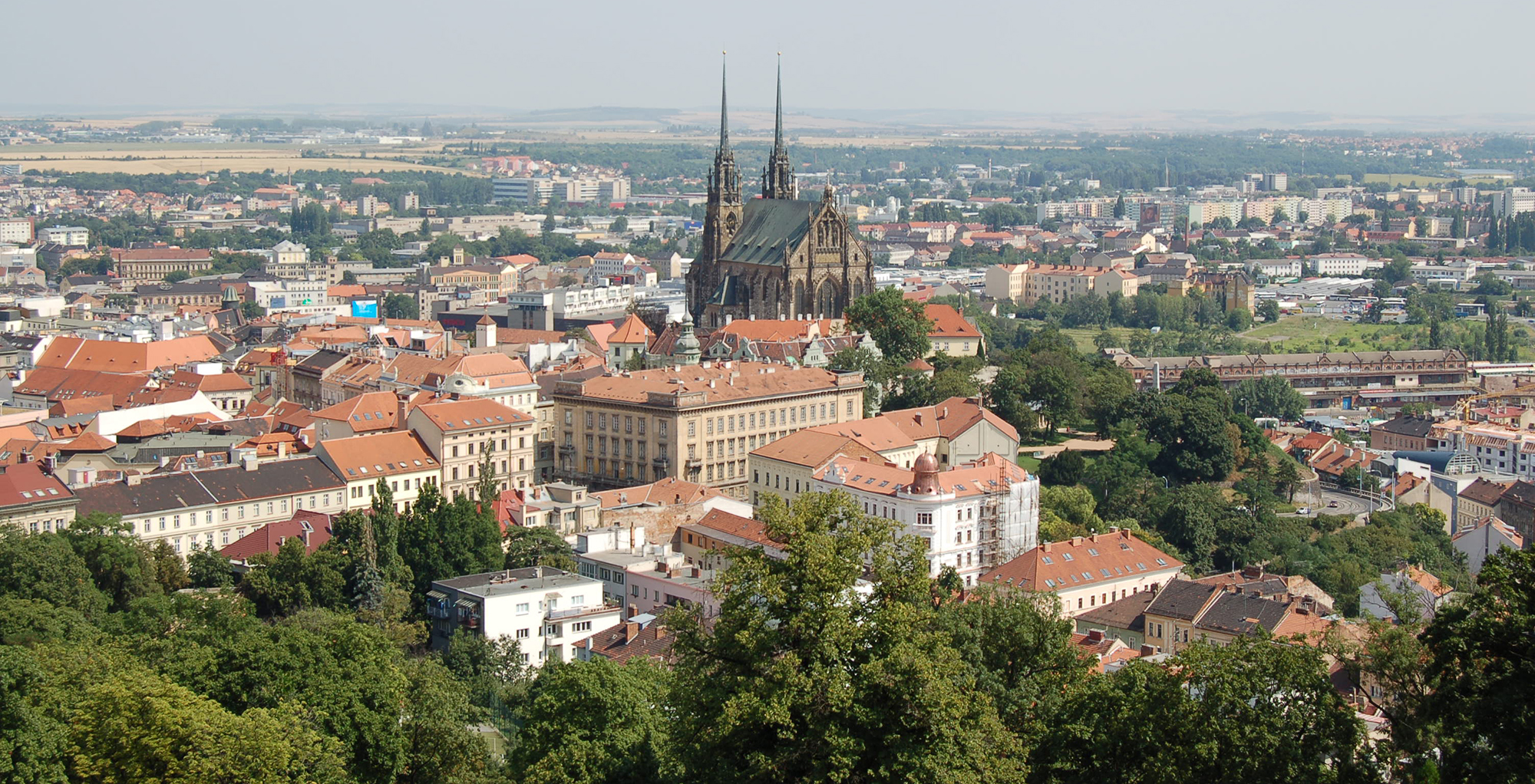In Brno, Czech Republic, an ITeach and New IWalk

After an ITeach workshop April 15 at the Brno branch of the Jewish Museum of Prague’s Educational Center, a brand-new IWalk in Brno is now available online.
Martin Šmok, USC Shoah Foundation senior international training consultant in Czech Republic, led the one-day ITeach for 17 educators during a three-day seminar called “Jews, History and Culture.” His workshop included an overview of USC Shoah Foundation, the Visual History Archive and how to access its content, IWitness and IWalks, including the new Brno IWalk.
IWalk is an educational program that combines authentic historical locations in Budapest and Czech Republic with clips of relevant testimony from the Visual History Archive. Participants walk through sites where the Holocaust took place and watch testimony clips on tablets in which survivors discuss their experiences in these locations. IWalks are already available online for Vinohrady and Deportační centrum na Radiotrhu in the Czech Republic and have been developed for Budapest’s Jewish Quarter as well.
The Brno IWalk is focused on two specific sites: a Jewish grammar school and the deportation center. The school was founded in 1921 and was located in a building at U Street Synagogue, on what is now Spálená Street. In 1924, it moved into its current location on Hybešova Street, number 43. After the German occupation of Czechoslovakia began in 1939, the school was the last in Brno that was allowed to teach Jewish students. But on May 15, 1941, it, too, closed its doors. The IWalk here features testimonies of seven former students, who went on to survive Terezin, Auschwitz-Birkenau, Bergen-Belsen, and other camps and ghettos.
The IWalk then moves to the Brno deportation center. Deportation of Jews in the Brno region began in October 1941 from a school building on Merhautova Street, number 37. It was a municipal vocational school for women, but during the war was used as a final gathering place for 10,080 people who were deported to locations including Terezin and the ghetto in Minsk, Belarus. Only 841 of these deportees survived the war. Testimonies during this part of the IWalk describe survivors’ memories of being at the deportation center as well as the conditions in Czechoslovakia leading up to deportation.
After the ITeach workshop, the participants commented after that they found the workshop “eye-opening,” and pointed out that even though the seminar started after lunch, “we have lasted until the evening in full attention.”
Like this article? Get our e-newsletter.
Be the first to learn about new articles and personal stories like the one you've just read.